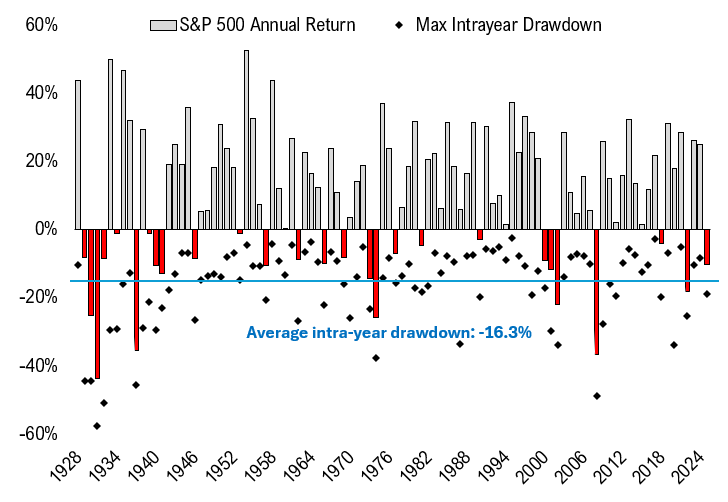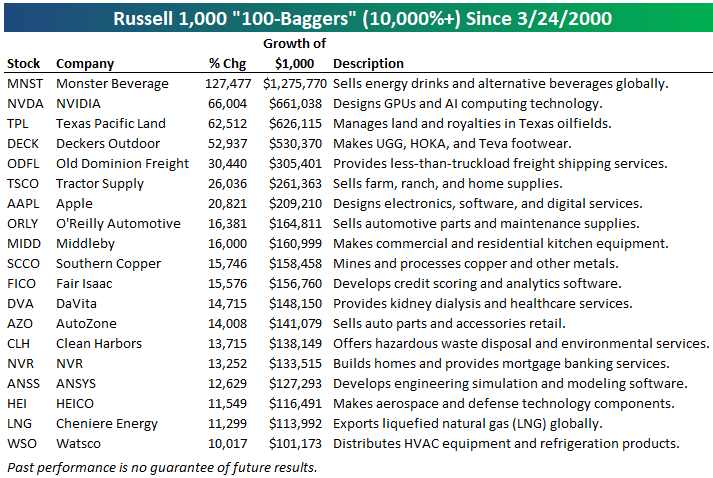Social Security Payments Could Shrink in 10 Years
Social Security is an important source of income for a large number of retirees today. And without those benefits, many would no doubt struggle to stay afloat. But Social Security is facing some serious financial troubles that could leave the program short on critical income. As a result, beneficiaries could see their monthly payments shrink […] The post Social Security Payments Could Shrink in 10 Years appeared first on 24/7 Wall St..

Key Points
-
Social Security is facing some serious financial trouble.
-
The program’s Trustees caution that benefits could be cut in about a decade’s time.
-
There are steps lawmakers can take to prevent Social Security cuts, but they’re not so simple.
-
Are you ahead, or behind on retirement? SmartAsset’s free tool can match you with a financial advisor in minutes to help you answer that today. Each advisor has been carefully vetted, and must act in your best interests. Don’t waste another minute; get started by clicking here.(Sponsor)
Social Security is an important source of income for a large number of retirees today. And without those benefits, many would no doubt struggle to stay afloat.
But Social Security is facing some serious financial troubles that could leave the program short on critical income. As a result, beneficiaries could see their monthly payments shrink in about 10 years from now. And that’s something everyone needs to prepare for.
Why Social Security may have to cut benefits
Social Security gets funding from a few different sources. But its primary revenue stream is the money it collects in payroll taxes.
That income stream, however, is expected to shrink in the coming years as a large number of baby boomers wrap up their careers and retire.
Of course, replacement workers will be entering the labor force as older workers make their exit. But the rate of replacement workers is expected to fall short.
Compounding the problem is that as baby boomers retire, they’ll likely start claiming Social Security — something they have every right to do. But that’s likely to put a strain on the program at a time when it’s losing out on critical payroll tax revenue.
Thankfully, Social Security has trust funds it can use to keep up with benefits if it doesn’t collect enough money in payroll taxes to manage its obligations. But once those trust funds run out of money, benefit cuts will be possible.
The Social Security Trustees’ most recent report shares that the program’s trust funds are expected to run dry by 2035. That’s why if you’re on Social Security, you should know that your payments might shrink in about 10 years from now.
Will lawmakers manage to prevent Social Security cuts?
Social Security cuts are not set in stone. And there are ways lawmakers may be able to prevent them. But unfortunately, each solution that exists seems to bring up a whole new problem.
One option, of course, is to raise payroll taxes broadly so Social Security gets additional funding. But the downside here is obvious — workers will lose more of their paychecks.
Another option is to only impose higher Social Security taxes on the wealthy. But that creates problems, too.
Social Security has a maximum monthly benefit it pays based on the current system of having a wage cap in place for tax purposes. It wouldn’t be fair to raise the wage cap without raising the maximum benefit. And it’s hard to know how much income the program would net in that situation.
Lawmakers can also raise full retirement age, forcing workers to stay employed longer before being able to get their complete Social Security benefit without a reduction. But the downside here is, well, working longer.
For this reason, it’s a good idea to prepare for the possibility that your Social Security benefits will decrease over time. But since you have a 10-year heads up, you can try your best to plan for that.
One thing you may want to do is work part-time in retirement while your health still allows you to. Another option is to try shedding expenses.
Downsizing, for example, could lower your housing costs and put money in your pocket to invest. That way, if you end up with a smaller Social Security check down the line, you can compensate by tapping the portfolio you’ve built for income.
The post Social Security Payments Could Shrink in 10 Years appeared first on 24/7 Wall St..





























































































































































